Voice to parliament: look for wording all stakeholders can support
The correct voice wording means focusing on completing the Constitution, not changing it.
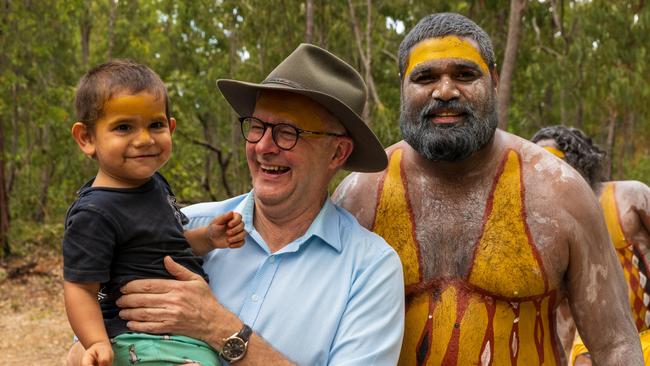
Aboriginal and Torres Strait Islander delegates gathered at Uluru took all options for constitutional recognition, other than the voice, off the table. As Amanda Vanstone put it when serving on the Referendum Council in 2017, there is now only one shot in the locker. There is no getting around Vanstone’s observation: “Whilst one would expect that Australians would not support something which Indigenous Australia did not endorse, it is not clear that they would automatically endorse whatever Indigenous Australia prefers.”
The task today is the same as it was when the Referendum Council completed its work in June 2017. As Vanstone put it: “The task therefore is to find a version of an Indigenous voice to parliament that will be acceptable to Indigenous Australians and the parliament of the day.”
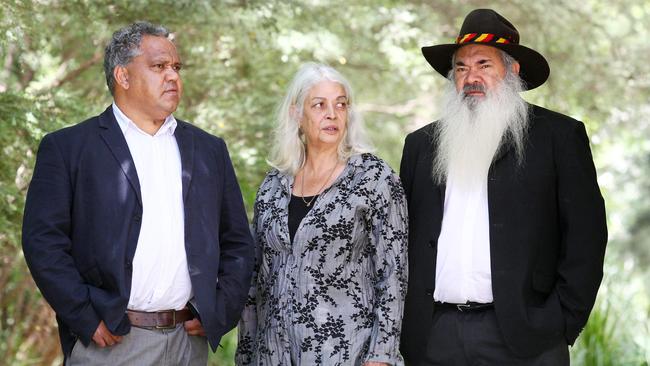
There is no point in the Albanese government claiming that all the necessary detail about the voice is to be found in the Langton-Calma Report. Having been a member of that Senior Advisory Group, I can attest that we complied with our government remit. There were two matters specified as being out of scope for us: any final decision on which options should progress to testing, and any recommendation on constitutional recognition.
We are yet to finalise the words to be placed in the Constitution constituting or providing the hook for the voice. To date, the government and its various consultative groups have been unilaterally tinkering with just one of 18 suggestions which were put to a joint parliamentary committee in 2018, this one having been submitted nearly two months after the closing date for submissions, and just 26 days before the committee was required to submit its final report.
When being interviewed by Katharine Murphy in late 2022, Anthony Albanese said: “What I’m trying to do is to lead by advancing what a question and a constitutional amendment would look like without being too prescriptive – to give people space, so this isn’t my proposal. I want this to be Australia’s proposal going forward.”
On January 9, the Prime Minister was even more open to suggested amendments when he told the ABC’s 7.30 program: “This isn’t my proposal. This is the people’s proposal. And I very consciously in that Garma speech didn’t say, ‘Here’s the words. This is the government’s position.’ I said, ‘Here is draft words. If you have a better idea, then I’m certainly open to ways in which, if people think that improvements can be made, then by all means come forward with them’.”
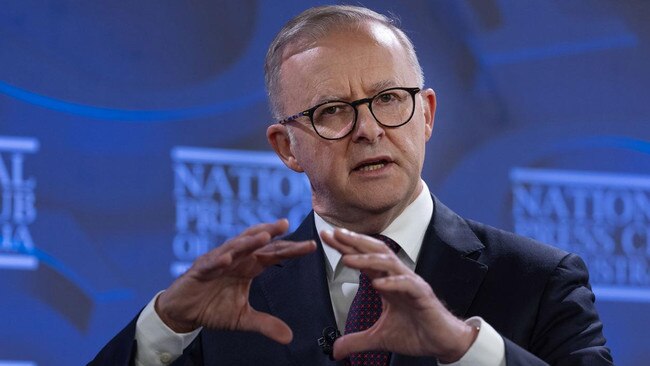
On January 18, the Prime Minister went on the front foot inviting suggested changes to the Garma wording when he told Ben Fordham on Sydney radio 2GB: “There will be a process whereby people can make submissions to the parliamentary inquiry, which will be about the words that will go forward in the referendum. And that will be a process whereby Australians can all put forward their views and suggestions about the wording that is going forward … The elected parliament will determine the words going forward. This is not my proposal. This isn’t the government’s proposal. This needs to be the people’s proposal.”
I welcome the Prime Minister’s invitation and I look forward to the parliament setting up a committee to receive suggestions from all citizens. I suggest a simpler amendment than that put forward by Albanese at the Garma Festival.
A new section 127 of the Constitution could provide: “There shall be an Aboriginal and Torres Strait Islander Voice with such structure and functions as the parliament deems necessary to facilitate consultation prior to the making of special laws with respect to Aboriginal and Torres Strait Islander peoples, and with such other functions as the parliament determines.”
This would be a way of completing the Constitution, not changing it, and would also be consistent with the Uluru Statement from the Heart. The voice could be given additional functions by legislation. Those additional functions could include representations to parliament on laws other than special laws with respect to Aboriginal and Torres Strait Islander peoples, as well as representations to government on laws and policies impacting on Aboriginal and Torres Strait Islander peoples. But these would not be constitutional functions of the voice. The voice’s structure and additional functions would be determined by legislation and could be varied from time to time by parliament.
For a national voice to have utility, credibility and legitimacy, it needs to be resourced with a comprehensive system of local and regional ears which can listen to the local and regional voices. A national voice without numerous ears and the means for transmitting local and regional voices to the national stage would be a clashing cymbal, or, as Noel Pearson once described the proposed Congress of Australia’s First Peoples, “a blackfella’s wailing wall”, a forum for victimhood. A voice with ears could be the ideal body to complete the Constitution so that special laws applying only to the First Australians and their heritage would be enacted only after due consultation with them.
This is not the stuff of wedges; it’s the glue to consolidate the unity of the Australian polity in the 21st century. I would hope that Tony Abbott and Jacinta Price could approve such a measure. This is the absolute minimum of what a constitutional voice to parliament should include. The question will be whether it is sufficient to satisfy the advocates from Uluru. In the end, there will be little point in proceeding with a referendum unless the words for insertion in the Constitution win the support of Pearson as well as the likes of John Howard.
We should go to a referendum only if one of the following three conditions is fulfilled:
1. The proposed change to the Constitution should be an accurate reflection of the recommendation made by the Referendum Council and as interpreted by Murray Gleeson – a member of that council and retired High Court chief justice, who spoke of a voice to parliament and not of a voice to parliament and executive government.
2. Failing that condition, if the proposed change is to go beyond that, it should be approved by the parliament after consideration of a published legal opinion provided by the Solicitor-General.
3. Failing that condition, if the wording is not to be subject to some parliamentary process, the government should be completely transparent and inform the public about the process followed to adopt the wording and the reasons for such wording.
The government should publish competent legal advice assuring voters that the constitutional change will not risk ongoing judicial review of administrative decisions likely to clog the working of good government.
Bob Ellicott, as attorney-general in 1977, was the proponent for three of Australia’s eight successful referendums. It was his view that “for a referendum proposal to have a substantial chance of acceptance”, it “should contain no element of possible substantial confusion on legal or other grounds”.
A voice to parliament, in relation to laws enacted especially to apply to Aboriginal and Torres Strait Islander peoples, is the necessary minimum requirement for constitutional recognition in the 21st century. As Gleeson has said: “It is difficult to see any objection in principle to the creation of a body to advise parliament about proposed laws relating to Indigenous affairs, and specifically about special laws enacted under the race power which, in its practical operation, is now a power to make laws about Indigenous people.”
Pearson has said: “Mr Gleeson’s speech is the last word on the legal integrity of the voice and its seamless compatibility with the constitutional history of the Australian commonwealth.”
Those politicians in our parliament opposed to a voice with such a defined constitutional purpose need to be able to answer Gleeson’s question: “How does it offend some principle of equality now to provide that, in recognition of the unique position of Indigenous people in the nation’s history, parliament shall establish a representative body which has a particular function of giving advice about such laws?”
Equality in 21st century Australia demands such formal constitutional recognition. Should the government fail to reach agreement in the parliament on the proposed new wording for the Constitution, I think it would be for the best if the referendum were postponed until a new generation of national leaders can come to the table, putting right what was left unresolved, by seeking agreement between our Indigenous and parliamentary leaders. Now is the time for increased community engagement and education on this issue so that all Australians can contribute to national understanding and agreement.
Regardless of whether or not constitutional recognition is achieved during this parliamentary term, the government will still be able to legislate for a voice. However, I maintain hope that agreement can be reached in our present parliament, and we can get to Yes on the voice when we all go into the ballot box later this year answering the simple, clear question: “Do you support an alteration to the Constitution that establishes an Aboriginal and Torres Strait Islander Voice?”
It’s time for constitutional recognition of the First Australians on terms acceptable to them and the nation.
This is an edited extract from Frank Brennan’s An Indigenous Voice to Parliament: Considering a Constitutional Bridge, Garratt Publishing, published this week.

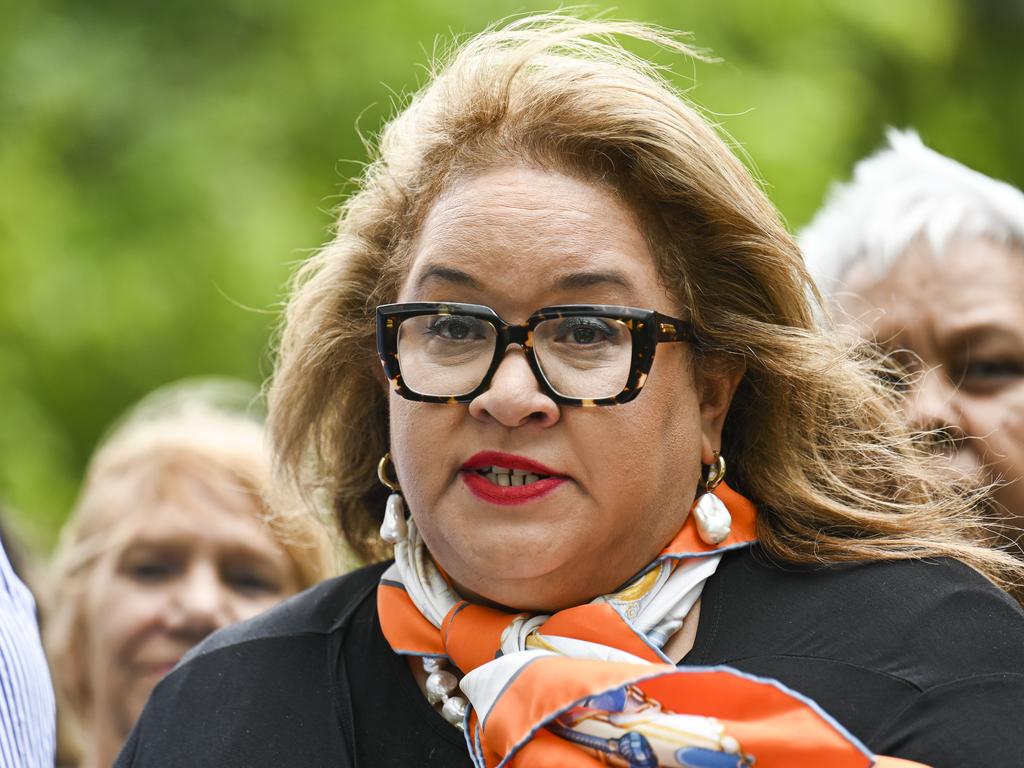
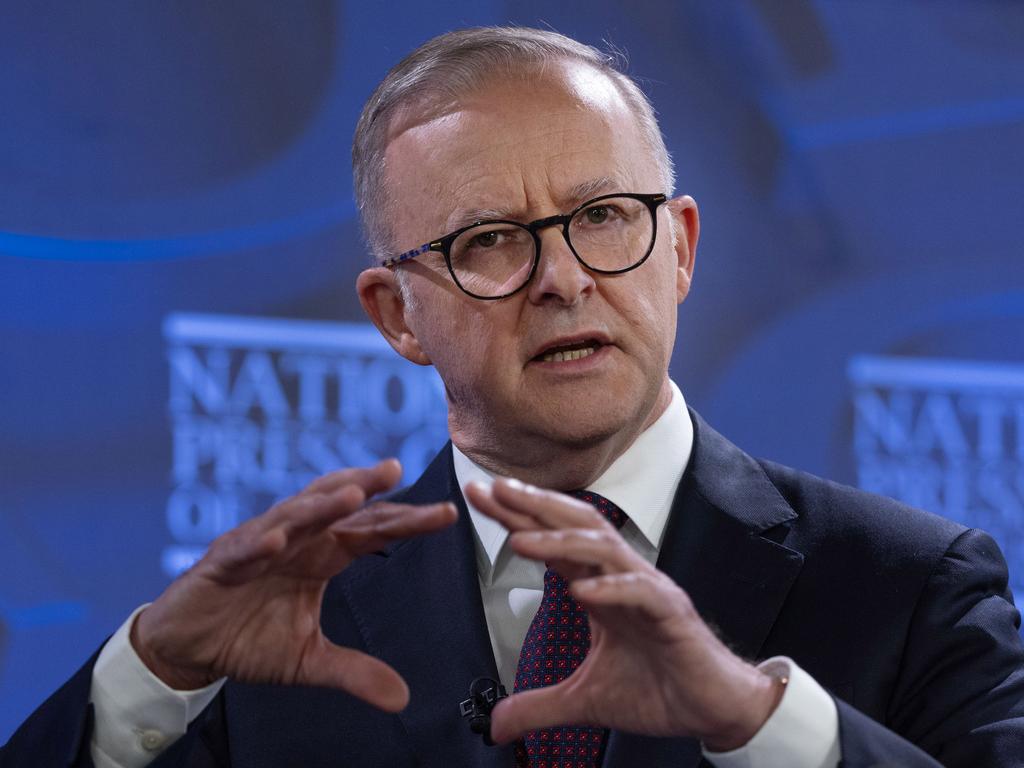



To join the conversation, please log in. Don't have an account? Register
Join the conversation, you are commenting as Logout